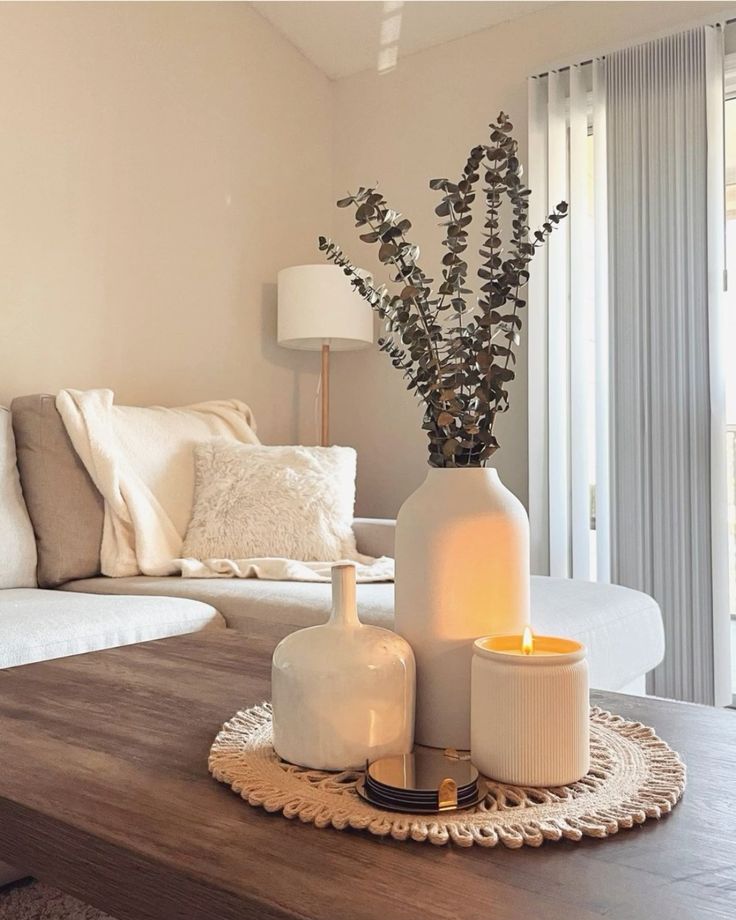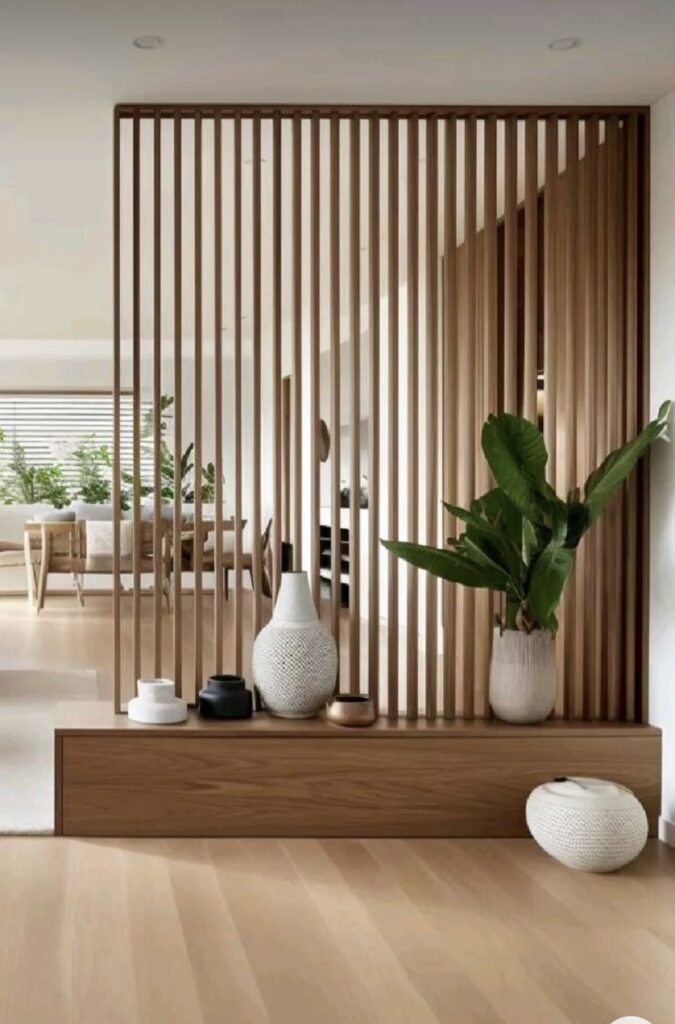We live in a world of instant makeovers—where a swipe on Instagram or a binge-worthy TV show makes it seem like a home can be fully decorated in a weekend. But here’s the truth: rushing through the process of decorating often leads to impulse purchases, mismatched styles, and spaces that don’t truly feel like you.
I know this because I’ve been there myself. In my eagerness to “finish” my home quickly, I bought things just to fill the space—and ended up wasting money on pieces that didn’t really fit or feel right. The result? A home that looked styled on the surface, but didn’t bring me the comfort or joy I was hoping for.
The Rushing Trap: Why Decorating Too Quickly Backfires
The pressure to create a picture-perfect home overnight often leads to mistakes that cost both money and peace of mind. Here are the most common pitfalls of rushing the process:
Chasing Trends Instead of Timelessness: When you’re in a hurry, it’s easy to be swayed by what’s trending on Instagram or Pinterest. That bold accent chair or patterned rug might feel exciting now, but in a year, you may already be tired of it—leaving you with regret and a space that doesn’t reflect you.
A Lack of Flow and Cohesion: Buying piece by piece without a bigger vision often means your home feels disjointed. You may love the sofa, adore the rug, and be obsessed with the artwork—but together, they don’t tell a consistent story. The result feels more like a mismatched showroom than a welcoming home.
Overspending on Impulse Buys: Quick decorating is usually expensive decorating. Filling a room just for the sake of being “done” often leads to impulse purchases. Later, when you stumble upon something more affordable or more fitting, it’s too late—the money has already been spent.
Intentional decorating gives you time to save, research, and invest in items you’ll truly love for years.
You’ll avoid clutter and buyer’s remorse, while building a home filled with pieces that add real value.
Tip: Create a “wish list” for your home. Sit with it for a few weeks before purchasing—you might find your choices shift when you give them time.
A great home isn’t a finished project; it’s a living space that evolves with your life. Rushing the decorating process doesn’t leave room for this crucial flexibility.

Space that evolves with you:
By decorating your home intentionally, you allow it to adapt as your needs and routines change over time. You won’t feel trapped by a design you committed to too quickly. For example, you might realize you need a home office, a kids’ play area, or a space for a new hobby. When you take your time, you can adjust and pivot without having to start from scratch.
When I moved into my own apartment, I was convinced I needed a large dining set right away. Instead of rushing to buy one, I waited. I soon realized that a cozy, round table not only suited my small dinners perfectly but also freed up a corner for a comfortable reading nook—a space I now use every single day.
The Power of Patience: How Intentional Decorating Transforms Your Space
Slow decorating isn’t just about aesthetics—it’s about creating a home that truly nurtures you. When you take your time, every choice carries more meaning, and the result is a space that feels deeply personal and aligned with your lifestyle.
- Your Home Gains Meaning and Story: Decorating slowly allows your home to grow with you. Each piece—whether it’s a vintage bookshelf you stumbled upon or a handmade vase picked up on your travels—adds a layer of story and character. Over time, these thoughtful choices create a home filled with soul and personality, not just pretty objects.
- You Prevent Costly Decor Mistakes: Patience is one of the best safeguards against design regrets. By living in your space first, you get to know how the light shifts during the day, which corners feel cozy, and how your family actually uses each room. That awareness helps you avoid expensive missteps—like buying a massive sectional that blocks your walkway or a dining table that doesn’t quite fit.

Actionable Steps: Your Guide to Decorating with Intention
If you’re ready to slow down and create a home you’ll truly love for years to come, here’s a step-by-step framework to help guide your process. Think of this as your blueprint for intentional decorating.
1: Live in the Space First
Resist the urge to fill your home immediately. Spend a few weeks (or even months) living in the empty space. Notice how natural light shifts throughout the day, which corners feel cozy, and where you naturally gather with family or friends. These observations are the foundation of thoughtful decorating—and they’ll help you make decisions that actually work for your lifestyle.
2: Define Your Personal Style
Instead of buying on impulse, create a “style manual” for your home. This could be a notebook filled with magazine clippings or a digital Pinterest board. Collect images of rooms, colors, and textures you’re drawn to again and again. The goal isn’t to copy—it’s to uncover patterns and common threads that reveal your true aesthetic.
3: Invest in Foundation Pieces
Start with quality essentials—the sofa, bed, and dining table—that will anchor your home. Choose timeless designs in versatile, neutral tones. These investment pieces will last for years and give you the flexibility to layer in trendier or more colorful accents later. Think of them as your home’s backbone.
4: Curate, Don’t Accumulate
Approach decorating like a curator, not a collector. Every piece should serve a purpose or carry a story. Explore flea markets, antique shops, and local artisans for unique finds. For example, instead of buying a matching set of mass-produced frames, gather a collection of meaningful, mismatched ones over time. These little details create depth, character, and soul.
5: Embrace the “In-Between”
The hardest (and most beautiful) part of intentional decorating is learning to love the process. Your home will always be evolving—and that’s okay. Bare walls, mismatched chairs, or a temporarily empty corner aren’t flaws; they’re reminders that your home is growing with you. A home that’s “done” is a home that’s stopped telling your story.
Final Thoughts: Your Home Is a Journey, Not a Race
There’s no finish line when it comes to creating a meaningful home. Decorating slowly and intentionally helps you avoid costly mistakes, prevents impulse buys, and allows your style to unfold naturally. More importantly, it gives you a space that feels personal, layered, and alive—a reflection of who you are, not just what’s trending.
Blog Posts for Decor styles :


